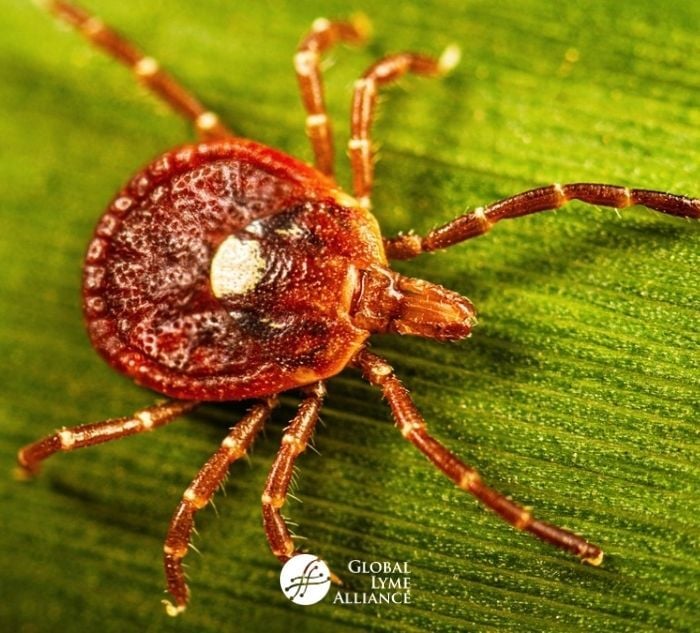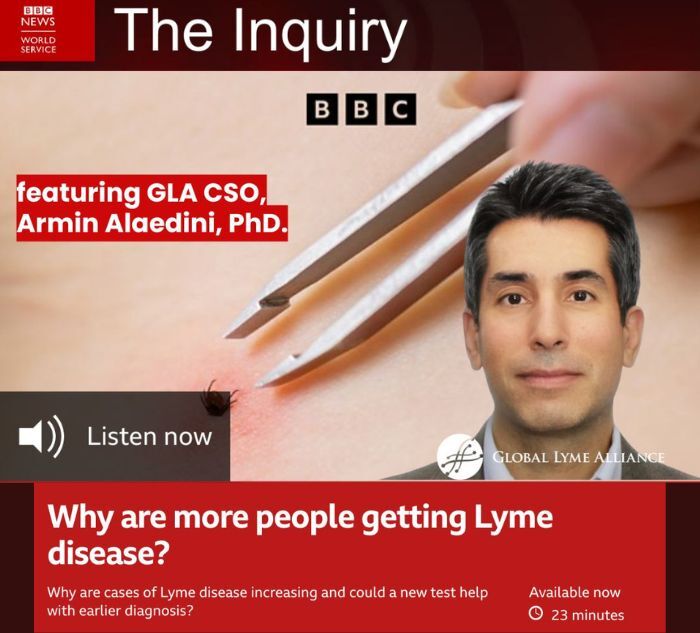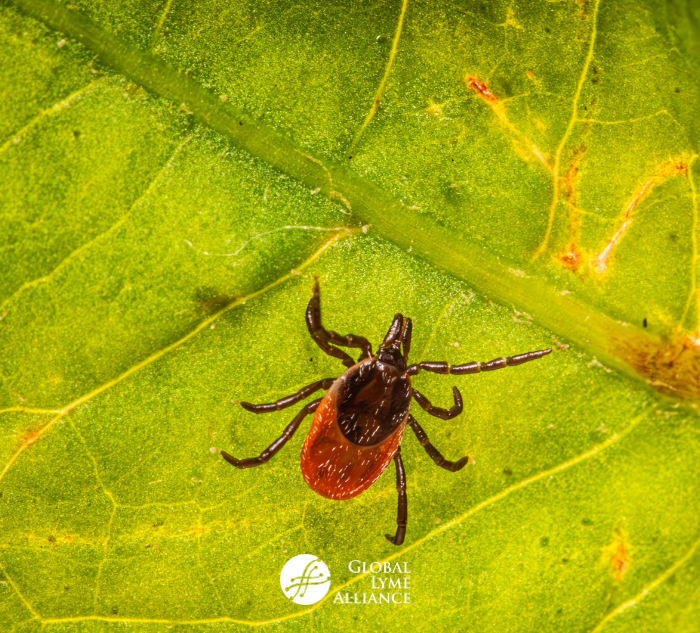
by Jennifer Crystal
A few highlights on the advances in Lyme in 2019
The end of the year can be a time for reflection. What have we achieved? What losses have we endured? How have we grown and changed for the better? We can examine these questions personally, professionally, and universally. We often see ups and downs over the course of twelve months. A lot can happen in 525,600 minutes, and this time of year allows us to pull back and see the proverbial forest despite the trees.
When you’re sick with Lyme or any of the tick-borne diseases, it can be hard to see that forest, both on a personal and broader level. If you’re sick every day, sometimes worse than the previous one, it can be hard to feel like you’re making progress. Over 52 weeks, though, most likely you have some gratitude for the long game. You might also wonder if any progress is being made towards better treatment or awareness generally.
The answer, it pleases me to report, is yes. While there’s still much work to be done, great strides have been made throughout the Lyme world in 2019. Here are a few highlights:
- 2 Million by 2020: While the bad news is that up to two million people are projected to suffer post-treatment Lyme disease syndrome by 2020, the good news is that Global Lyme Alliance has awarded $2 million in scientific research grants. These grants cover important ground such as pediatric Lyme disease, new diagnostic techniques, and treatment methods. For more information on these grants, please click here.
- First Observational Study of Lyme Disease Treatment Protocol: Have you been to different doctors who have given you different treatment protocols? Do you feel unsure of where to turn or whom to trust knowing that treatment is specific to each individual case? GLA has launched an observational study of patients following a treatment regimen developed by the renowned Dr. Joseph Jemsek. This is a step towards “validating community-based, physician-developed, Lyme disease treatment regimens used by using the rigorous evidence-based clinical research process.” To read the full press release, click here.
- The Kay Hagan TICK (Ticks: Identify, Control, and Knockout) Act: This legislation, which seeks to improve research, prevention, diagnostics, and treatment protocols, just passed, and will become law. It includes a request for $150 million for tick-borne disease research, treatment, and prevention programs.
- Innovation: As a result of a roundtable late in 2018, Lyme Innovation has focused on patient-powered technology and innovation, including the Lyme Symptom Tracker app, co-created with Trial X and GLA.
- Research on New Treatment Methods: Exciting new research is being done with the medications Disulfiram and Dapsone.
I’ve written about many of these advances individually, but seeing my roundup here shows just how much work has been done, across multiple arenas, in one year.
That said, work in these arenas is not yet complete. More research is needed on new drugs like Disulfiram to ensure patient well-being and safety. Now that the Kay Hagan TICK Act has passed, we don’t know how effectively or efficiently money will be allocated. Meanwhile, awareness efforts are greatly improving—more and more doctors and laypeople I speak with know the basics, and often the ins-and-outs, of tick-borne disease—though there is still a lot of misinformation out there. While Lyme and other tick-borne diseases have been in the news more with each passing year, some of the reporting from major news outlets this year showed gross inaccuracies that hurt the Lyme community. As with all news these days, it’s important for you to research further than a quick headline or article, and not take everything at face value.
There have been disappointments in the Lyme world this year, but they’re far outweighed by the upside, and that gives me hope. When I first got sick in 1997, Lyme disease wasn’t even on the radar of my health care practitioners—nor was it on mine. When I got diagnosed in 2005, there were fewer treatment options than today and much less Lyme literacy. Much has changed in the two decades since tick-borne disease has been part of my life, and I can only imagine the vantage point from which we will look back on advances twenty years from now. Compare how understanding and treatment of HIV has changed in less than forty years.
Here’s to more advances in 2020!

Jennifer Crystal
Writer
Opinions expressed by contributors are their own. Jennifer Crystal is a writer and educator in Boston. Her work has appeared in local and national publications including Harvard Health Publishing and The Boston Globe. As a GLA columnist for over six years, her work on GLA.org has received mention in publications such as The New Yorker, weatherchannel.com, CQ Researcher, and ProHealth.com. Jennifer is a patient advocate who has dealt with chronic illness, including Lyme and other tick-borne infections. Her memoir, One Tick Stopped the Clock, was published by Legacy Book Press in 2024. Ten percent of proceeds from the book will go to Global Lyme Alliance. Contact her via email below.






-2.jpg)